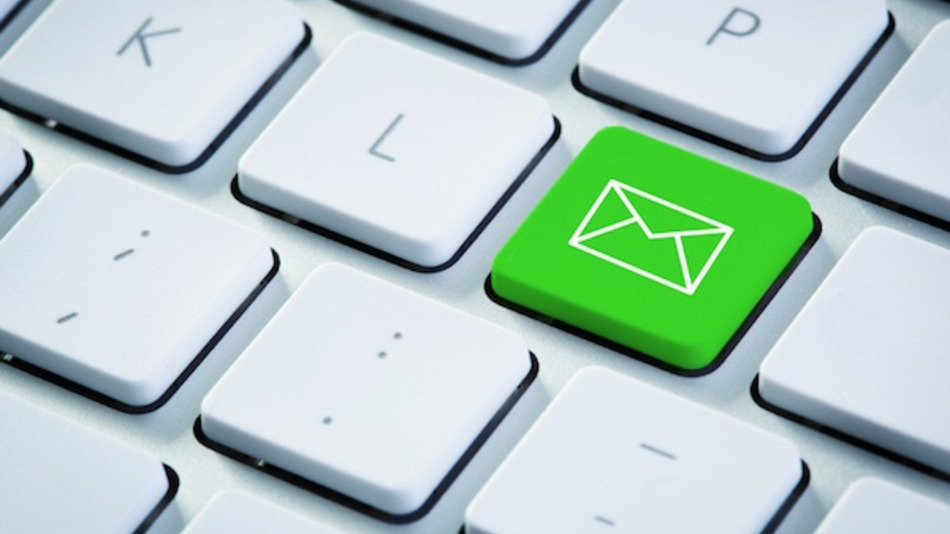When sending an email from work, you want to come off professional, clear, and polite. One of the most important things to remember is to always include a subject title. This can simplify what your email is regarding and will mentally prepare the recipient for the body of your email. A majority of the time, your email should be fairly short and to the point. If you put too much information in your email, it’s possible that the recipient will read over important details that you’ve included.
Your language throughout the email is very important. Slang or office jargon is not appropriate to use in business emails. Profanity is also not acceptable in any scenario. Employees often catch themselves using acronyms that are used within the company. You should try to refrain from doing so, as this may confuse the customer or client.
A signature at the end of your email is also a great idea. This could include your name, company, position, and any contact information such as your phone number and email address. If you are computer savvy and wish to be more creative, you can also edit the font, text size, or add a small design. This may include your business logo as well.
Polite examples to open your email include “Dear Customer”, “Greetings”, or even a simple “Hello”. Polite ways of closing your email include “Thank you” or “Best Regards”. While you can be creative with your signature, the font and text size in the body of your email should be readable. Once again, you want the recipient to process all of the important details you are passing along.

